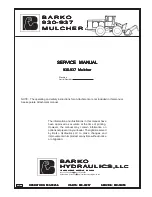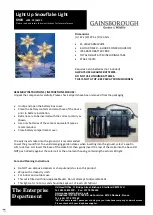
VGEM000-GB192
VGE International B.V.
●
Ekkersrijt 4304
●
5692 DH Son Netherlands
●
+31 499 461099
●
●
www.vgebv.nl
Pag. 25/68
Installation & User Manual
4 The UV system
4.1 UV applications
Irradiating water (and other liquids) with UV light has now become a proven and widely used
environmentally-friendly way to achieve reliable disinfection without chemicals, especially in applications
where no deposit operation is necessary. UV disinfection has the following advantages:
- Fast disinfection, no exposure time required (system dependent only a fraction of a second);
- No disinfection by-products;
- No odour and taste changes to the water;
- UV radiation is not corrosive.
With correct dimensioning, UV systems are also applied for reducing bound chlorine (chloramine) in
swimming pool applications. This has the following positive effects:
-
Decrease in the typical pool odour;
-
Extra disinfection, also from chlorine-resistant organisms;
-
Strong decrease in:
•
Red eyes;
•
Headache;
•
Skin and mucous membrane irritations;
•
Stress among swimming pool staff;
-
Improved "wellness" effect:
•
Clearer water;
•
More pleasant indoor climate;
•
Enthusiastic swimmers and increase in visitor numbers.
-
German DIN 19643 and Austrian M 5890 standards specify the use of medium-pressure UV lamps
for breaking down bound chlorine in swimming pool applications.
Furthermore, there are also applications in which UV is used in combination with hydrogen peroxide
(H2O2), ozone (O3) or other oxidizing agents to produce OH radicals that have a very high oxidation
potential with which non-filterable, difficult-to-degradable substances can be oxidized. The collective name
for this type of application is Advanced Oxidation Process (AOP).
Regardless of the application, it can generally be said that a UV system is positioned in the water treatment
after filtration. If products still need to be added to the water or if the water needs to be heated, it is
advisable to do this after the UV radiation of the water.
















































